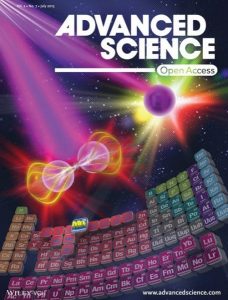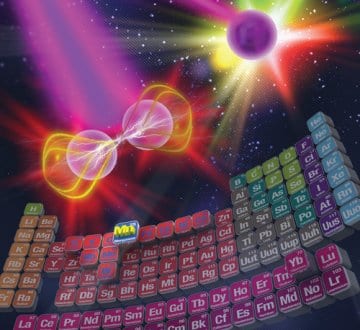 As the most abundant photoluminescence activator species, the transition metal ion Mn2+ plays a key role in inorganic lighting and display devices. It usually comes with visible luminescence (green to orange or red, also denoted as “normal luminescence” in the context of transition metal ions). Manipulating the Mn2+ content and ligand situation is the widely employed approach to tailor the specific emission properties. However, increasing the Mn2+ content inherently leads to concentration quenching.
As the most abundant photoluminescence activator species, the transition metal ion Mn2+ plays a key role in inorganic lighting and display devices. It usually comes with visible luminescence (green to orange or red, also denoted as “normal luminescence” in the context of transition metal ions). Manipulating the Mn2+ content and ligand situation is the widely employed approach to tailor the specific emission properties. However, increasing the Mn2+ content inherently leads to concentration quenching.
Very recently, near-infrared luminescence has been observed at high levels of Mn2+ doping. The origin of this behaviour has been unknown, i.e., the present observations have been purely phenomenological. It was noted that such IR emission might be disadvantageous for above applications because it represents one of the as-to-yet undesirable quenching paths which reduce the efficiency of luminescent devices. Researchers from the University of Jena (Germany) and Guangzhou (China) now present for the first time exploitation of near-infrared photoluminescence from Mn2+ through tailoring aggregation of the activator species in perovskite nanocrystals. They provide a mechanistic interpretation and experimental confirmation for the nature of such “anomalous” photoluminescence as a change of paradigm in the understanding of Mn2+ photoluminescence. This will trigger new uses of this exciting species in bio-imaging and labelling.
Read the whole research article now in a recent issue of Advanced Science.
Advanced Science is a new journal from the team behind Advanced Materials, Advanced Functional Materials, and Small. The journal is fully Open Access and is free to read now at www.advancedscience.com.

















